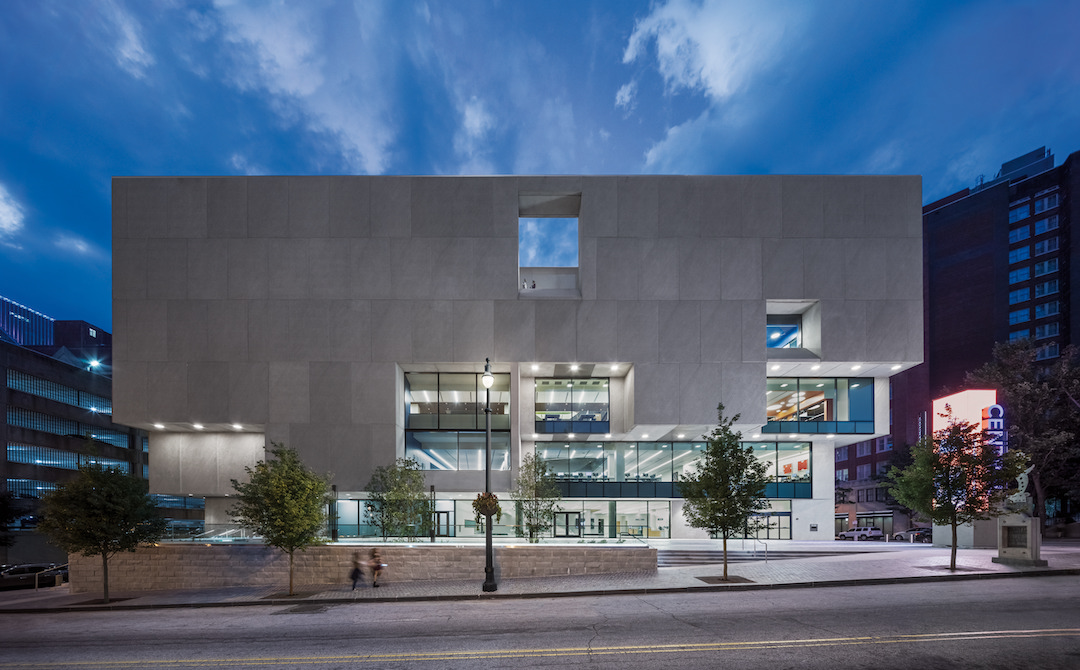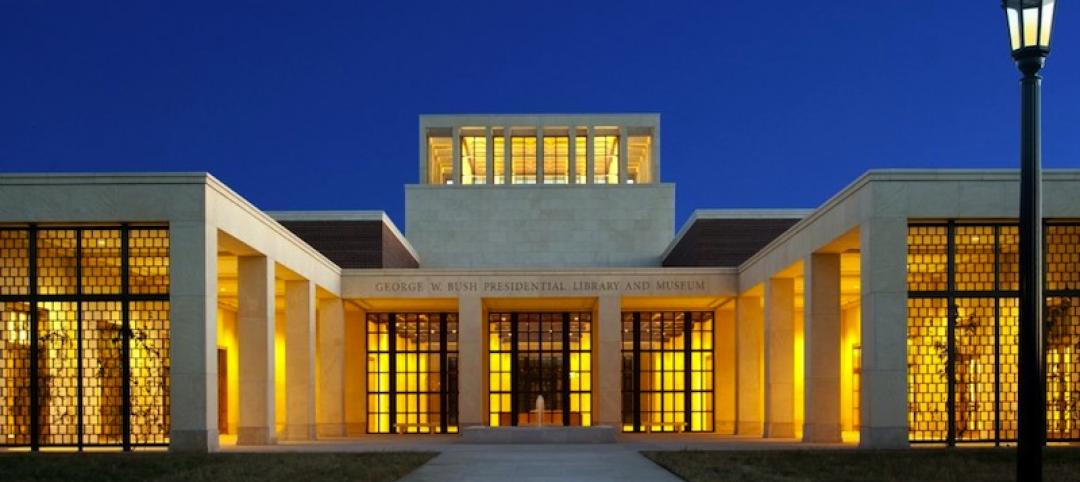Forty years after its original opening in 1980, Atlanta’s Central Library has reopened following a $50 million renovation project designed by Cooper Carry in association with Vines Architecture. The build team devised a plan to rehabilitate the eight-story building into a place that balances the original brutalist design with modernizing the space to better appeal to Atlanta’s next generation of library goers.
The team envisioned a design strategy to utilize technology; introduce additional windows; reallocate space; improve way finding; replace mechanical systems for greater comfort, efficiency, and sustainability; and activate the exterior plaza to create a more transparent, safe, accessible, and functional building from the outside in.

Other key considerations included creating more natural light, flexibility to support changing programs, and improved street-level engagement. The introduction of windows to existing recessed planes significantly improved daylight access, helping to create a brighter interior and a more welcoming presence.
A challenge of the library’s interior was that it was underutilized and difficult to navigate, leaving many of the original design signatures hiding in plain sight. The design team unearthed and put these elements on display, including a distinct sculptural staircase and waffle slab ceiling and skylights that occupy the center of the building by relocating the original central service elevator that was in the way. Opening up the core of the building had the effect of bringing in natural light to the atrium while serving as a smoke exhaust pathway, which was a necessary mechanical change to the building's life safety systems.
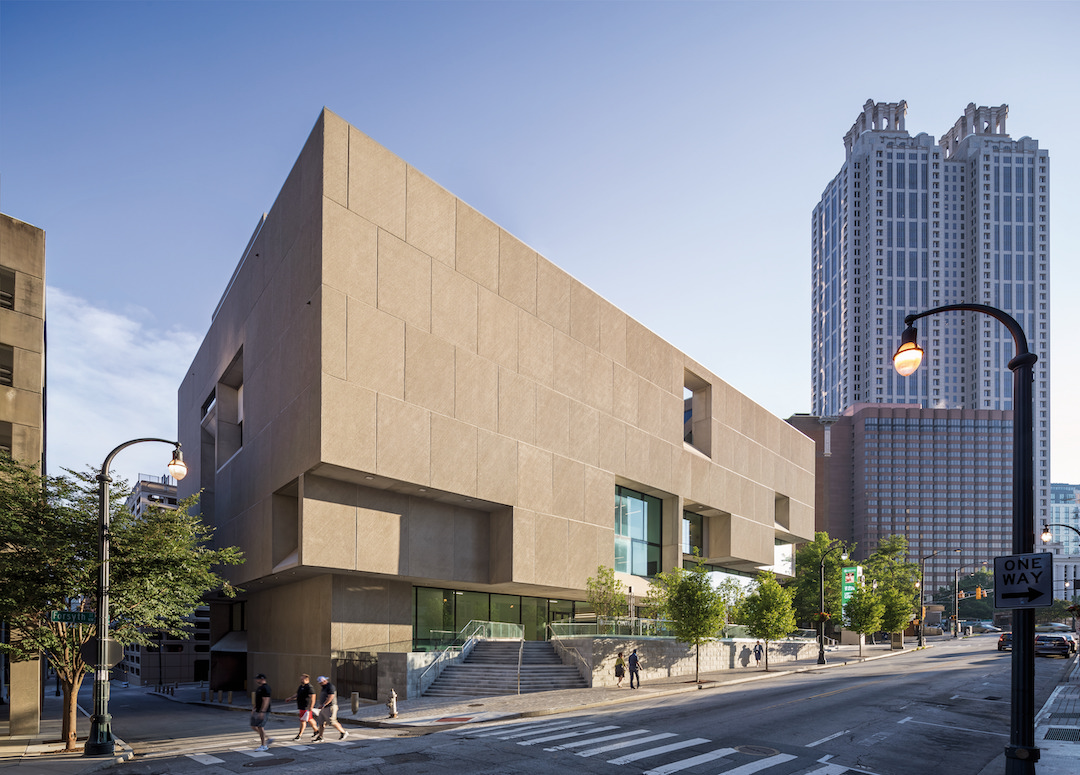
Visitors will discover the addition of comfortable gathering hubs that encourage library guests to move outside the confines of the traditional library on the previously underutilized fifth floor outdoor terrace. In the future, flex spaces like the terrace and the adjacent auditorium with telescoping seating and a large glass operable door could be used as an income-generating venue for events.

The library’s revamped exterior plaza will be activated with more lighting, video information displays, and spaces to meet and gather. The goal is to extend the library’s footprint into the urban fabric and draw outsiders in.
The design team worked with Fulton County Library System, in addition to design build contractors Winter-Johnson with Moody Nolan.
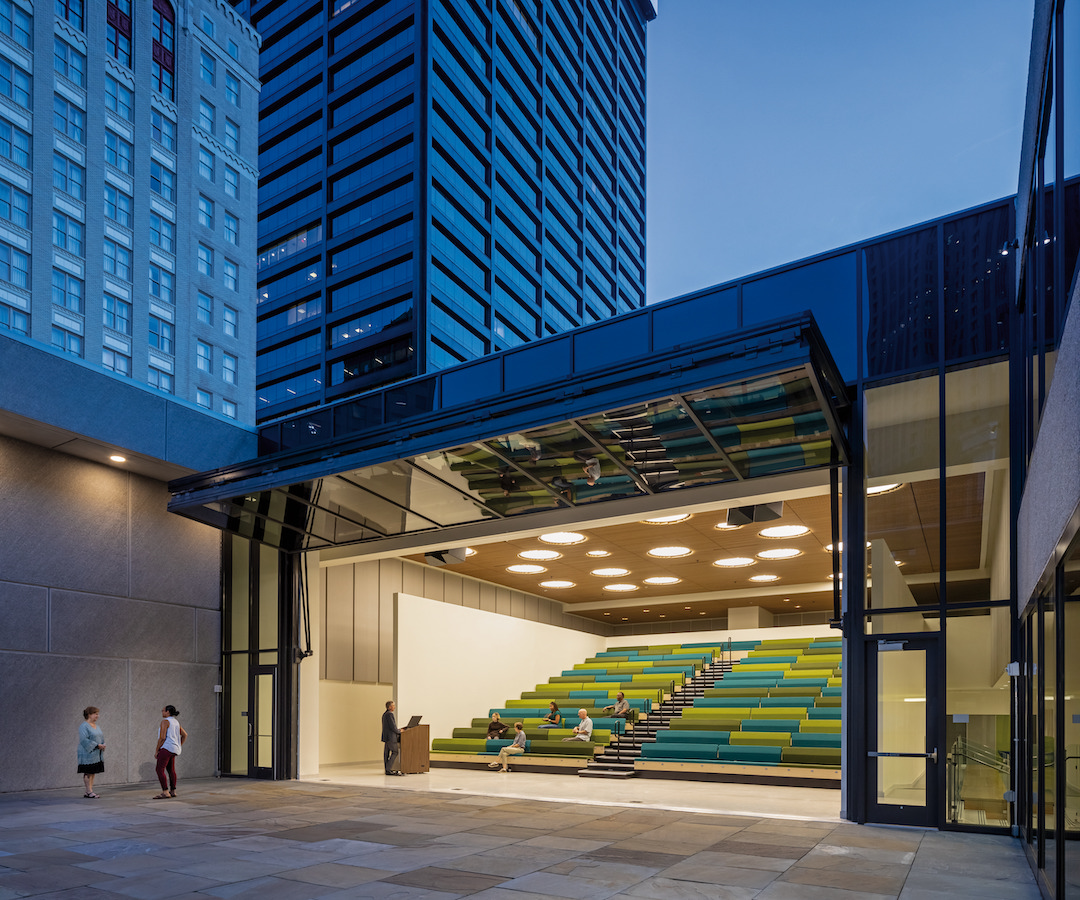
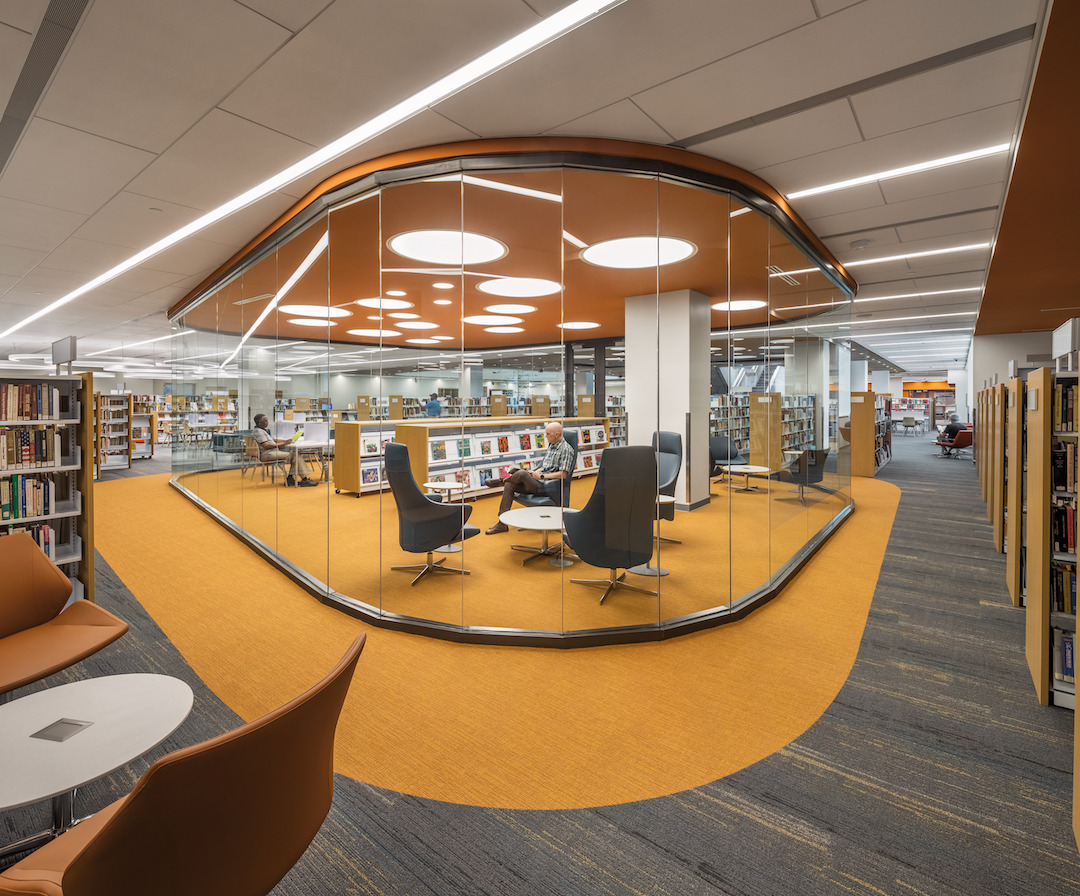
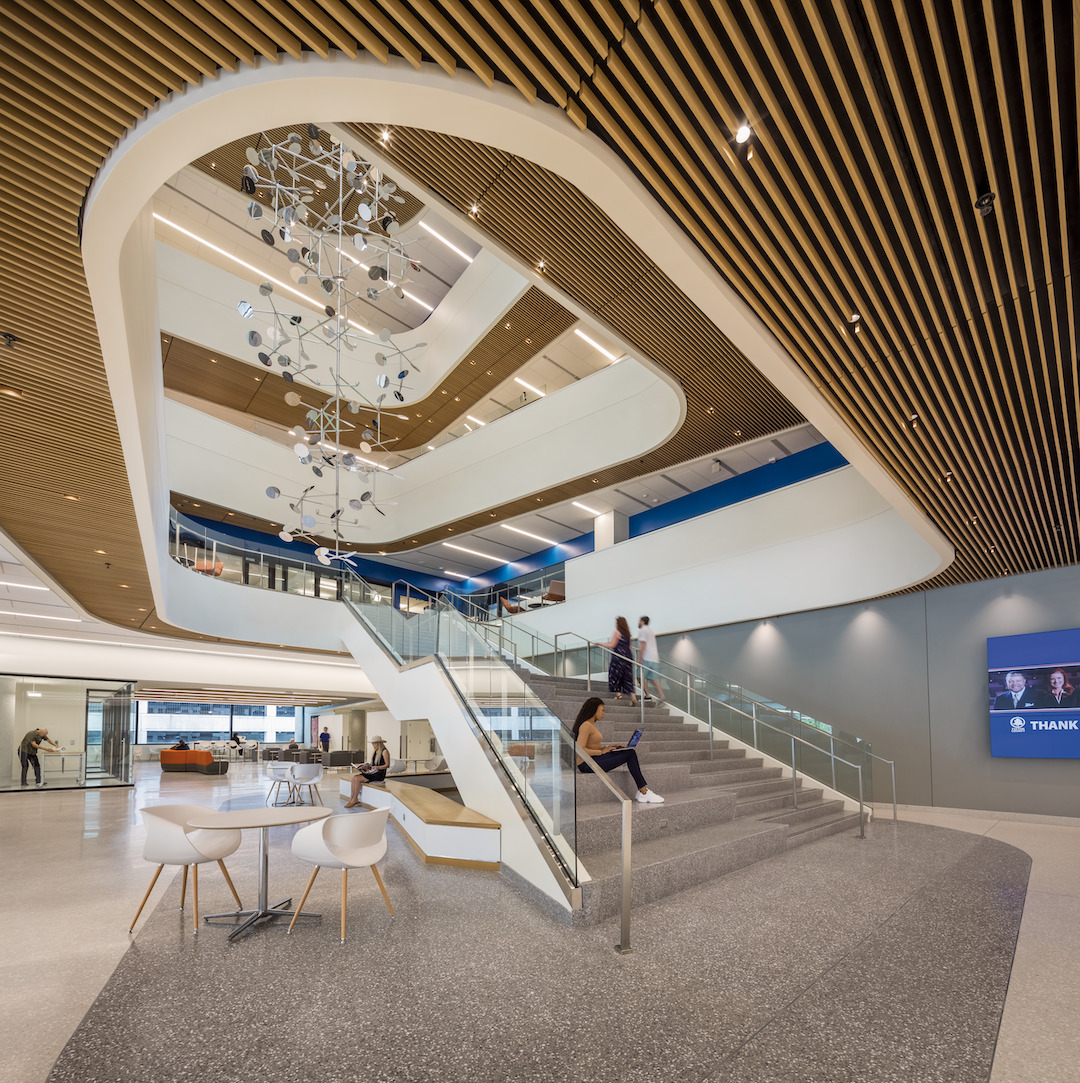
Related Stories
| Apr 24, 2013
North Carolina bill would ban green rating systems that put state lumber industry at disadvantage
North Carolina lawmakers have introduced state legislation that would restrict the use of national green building rating programs, including LEED, on public projects.
| Apr 24, 2013
Los Angeles may add cool roofs to its building code
Los Angeles Mayor Antonio Villaraigosa wants cool roofs added to the city’s building code. He is also asking the Department of Water and Power (LADWP) to create incentives that make it financially attractive for homeowners to install cool roofs.
| Apr 11, 2013
George W. Bush Presidential Center achieves LEED Platinum certification
The George W. Bush Presidential Center announced today it has earned Platinum certification by the U.S. Green Building Council’s Leadership in Energy and Environmental Design program. The Bush Center is the first presidential library to achieve LEED Platinum certification under New Construction.
| Apr 5, 2013
Snøhetta design creates groundbreaking high-tech library for NCSU
The new Hunt Library at North Carolina State University, Raleigh, incorporates advanced building features, including a five-story robotic bookBot automatic retrieval system that holds 2 million volumes in reduced space.
| Apr 2, 2013
6 lobby design tips
If you do hotels, schools, student unions, office buildings, performing arts centers, transportation facilities, or any structure with a lobby, here are six principles from healthcare lobby design that make for happier users—and more satisfied owners.
| Mar 27, 2013
Small but mighty: Berkeley public library’s net-zero gem
The Building Team for Berkeley, Calif.’s new 9,500-sf West Branch library aims to achieve net-zero—and possibly net-positive—energy performance with the help of clever passive design techniques.
| Mar 22, 2013
8 cool cultural projects in the works
A soaring opera center in Hong Kong and a multi-tower music center in Calgary are among the latest cultural projects.
| Mar 14, 2013
25 cities with the most Energy Star certified buildings
Los Angeles, Washington, D.C., and Chicago top EPA's list of the U.S. cities with the greatest number of Energy Star certified buildings in 2012.
| Dec 6, 2012
Cornell University students finding solace on indoor library lawns
Potted plants and comfortable chairs are placed around the grass, encouraging students to lounge there during one of the most stressful times of the academic year.


